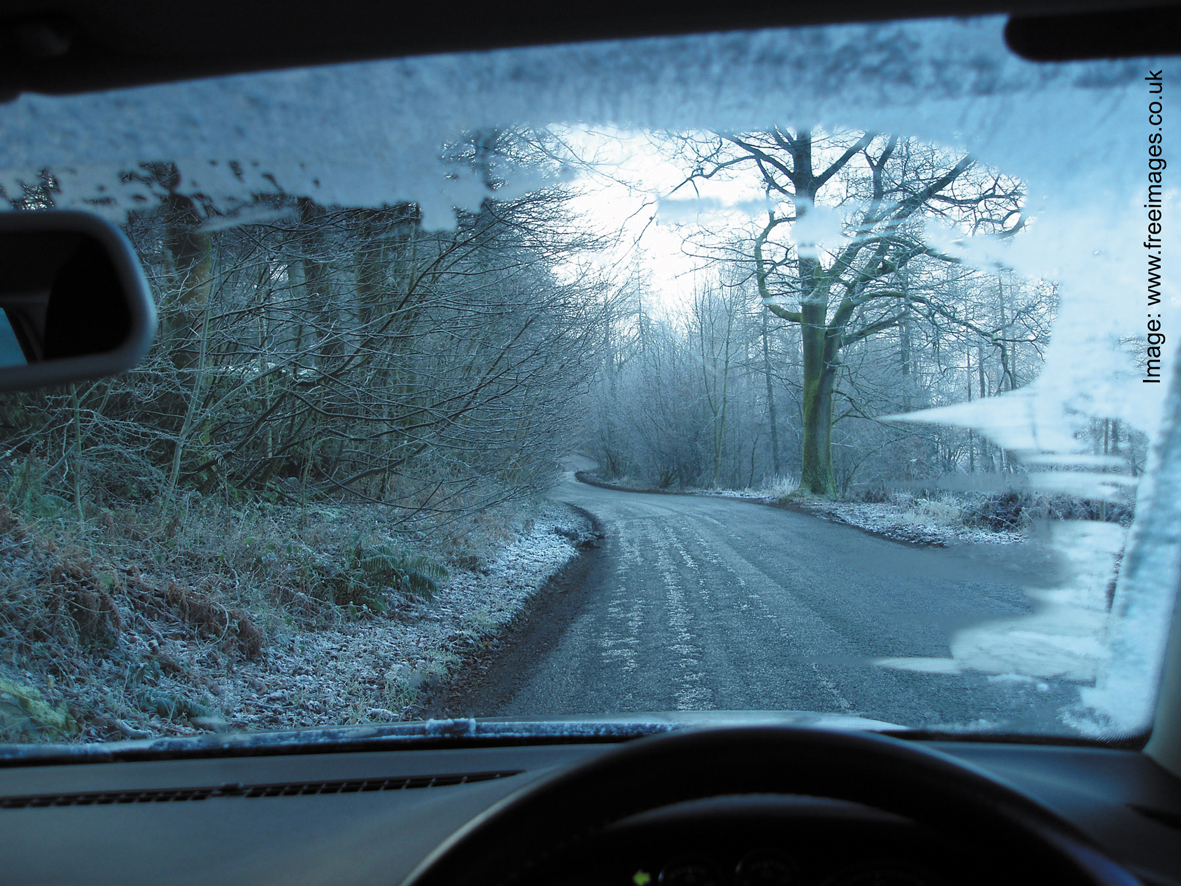Winter tyres the safest option, even without snow and ice – TyreSafe
 Winter tyres provide the best safety performance at temperatures below 7 ° Celsius
Winter tyres provide the best safety performance at temperatures below 7 ° Celsius
The winter has been fairly mild so far, but this is no reason for complacency when it comes to driving and your car’s tyres. TyreSafe reminds motorists that winter tyres can help them stay safe and mobile on the road, even if we don’t receive a white Christmas this year. The safety organisation recommends a separate set of winter tyres as the safest choice for British motorists, but says all-season tyres also provide an acceptable balance between summer and winter tyre performance.
Designed to provide better grip in cold and damp conditions compared with normal ‘summer’ tyres, winter tyres are ideal for British roads right the way from October through to the spring, when temperatures rarely rise above 7 degrees Celsius, as well in rarer but more extreme conditions such as snow and ice.
“We’ve had one of the mildest autumns on record, but the colder, wetter weather is now most definitely here bringing with it more hazardous driving conditions,” comments TyreSafe chairman Stuart Jackson, chairman. “While we can’t know for sure if we will experience snow this year, we can be certain that drivers fitting winter tyres will have better grip and safety, throughout the entire winter period.”
The tyre safety organisation observes that many drivers in the UK mistakenly think winter tyres only offer benefits when driving on snow and ice, but the reality is very different. As temperatures drop below 7 degrees, the tread compound in standard tyres – the ones most likely fitted to your car – begins to harden, and this means they provide reduced levels of grip. Winter weather tyres contain more natural rubber, which minimises the hardening effect and gives them extra grip in cold, wet and icy conditions. Indeed, tests conducted by the British Tyre Manufacturers Association found that a car braking at 60mph on a wet road at 5 degrees Celsius stopped five metres shorter, equivalent to more than one car length, when fitted with winter weather tyres.
“Without question, the safest option for UK drivers is to switch between winter and summer tyres each year as the seasons change,” continues Jackson. “Alternatively, all-season tyres can offer a more balanced performance without the need to change between seasons. However, investing in an extra set of winter tyres ensures they are best matched to the road conditions, providing the best possible levels of safety.”
Regardless of whether drivers decide to fit winter tyres or not, TyreSafe is reminding all drivers that they should ensure their tyres have adequate tread depth. While the minimum legal minimum tread depth for cars is 1.6mm, deeper tread provides drivers with safer motoring, especially in wet conditions. To check the tread depth of your tyres, take the 20p test – if the outer band of the 20p coin is obscured when it is inserted, then your tread is above the legal limit. If not, then a fine of up to £2,500 and up to three points from your license may await.
Details of the 20p test and more about the benefits of winter tyres can be found by visiting www.tyresafe.org. Information on the performance of various winter tyre brands and models during comparative tyre tests, including those held by Auto Express and Germany’s Auto Bild, can be found on tyrepress.com.




Comments